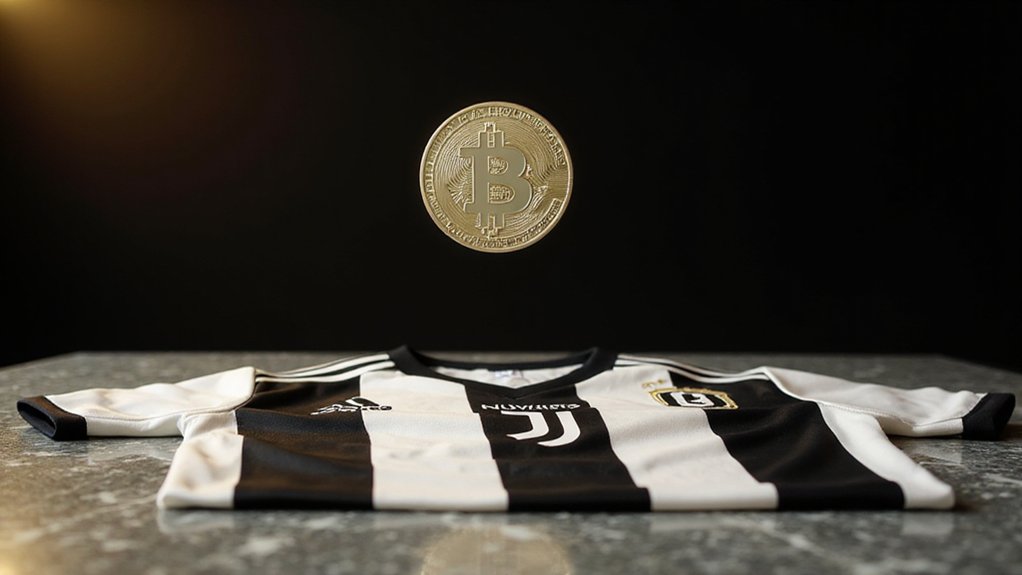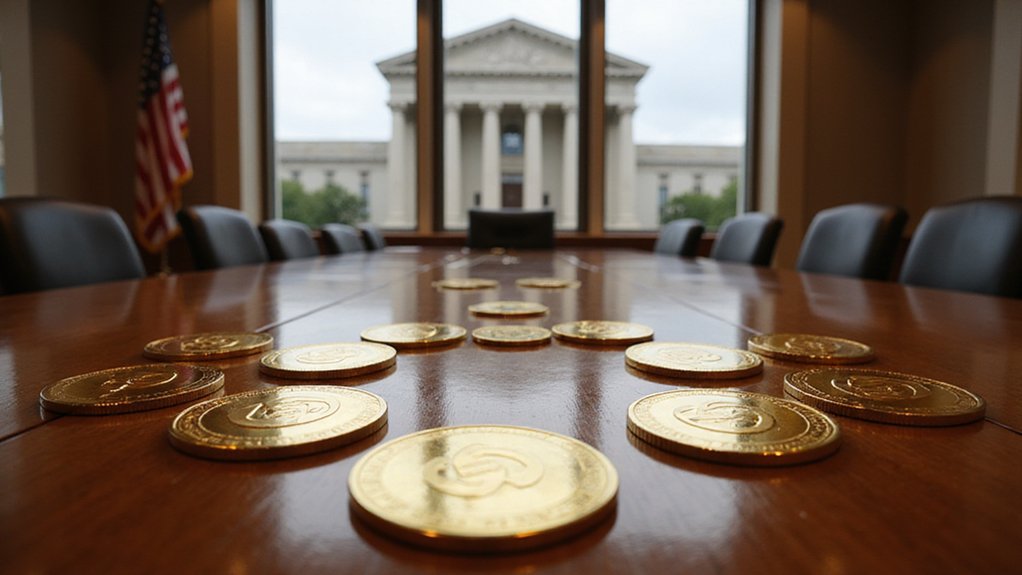In what can only be described as a masterclass in cryptocurrency market dynamics—or perhaps a cautionary tale about the persistence of speculative fervor—Plasma’s stablecoin-focused blockchain project managed to raise $500 million in deposits within minutes of launching its token vault, despite initially targeting a modest $50 million raise.
The vault’s completion in under sixty minutes (some reports suggest five minutes) represents a tenfold oversubscription that forced the team to revise their targets twice as demand overwhelmed their infrastructure. Over 1,100 wallets participated, with a median deposit of approximately $35,000—though one particularly determined trader paid over $100,000 in priority fees alone to secure an early position in what became a gas fee bidding war on Ethereum.
Plasma operates as a Bitcoin sidechain optimizing stablecoin transactions, utilizing Bitcoin’s settlement layer for enhanced security while supporting USDT, USDC, USDS, and DAI. The project aims to eliminate fees for USDT transactions specifically, representing a significant cost reduction for stablecoin users. The sale involved 10% of the total XPL token supply through a time-weighted deposit model that rewarded early and longer-held deposits—a clever mechanism combining traditional ICO mechanics with investor protections.
The overwhelming response reflects renewed institutional enthusiasm for stablecoin-focused projects, bolstered by growing regulatory clarity and market maturation. The project’s development is notably backed by Tether, the issuer of USDT stablecoin, which provides significant credibility and strategic alignment with the world’s largest stablecoin ecosystem. Token holders can participate in network governance through Proof of Stake consensus mechanisms, earning rewards while helping secure the blockchain infrastructure.
Yet the spectacle raises familiar questions about crypto’s tendency toward euphoric excess. When a project initially seeking $50 million attracts half a billion in minutes, one wonders whether we’re witnessing rational market discovery or speculative mania with better smart contracts.
Veda’s audit of the smart contracts managing over $2.6 billion in total value locked provided necessary credibility, while the sale’s mechanics highlighted both blockchain’s potential and its scalability challenges. The resulting fully diluted valuation of $500 million aligns with Plasma’s earlier equity round, suggesting some underlying rationality beneath the surface chaos.
Whether this signals an ICO revival or merely demonstrates crypto’s persistent capacity for financial theater remains unclear. What’s certain is that in an era of institutional adoption and regulatory frameworks, retail investors still possess an remarkable ability to overwhelm blockchain infrastructure when presented with the next promising stablecoin narrative.









